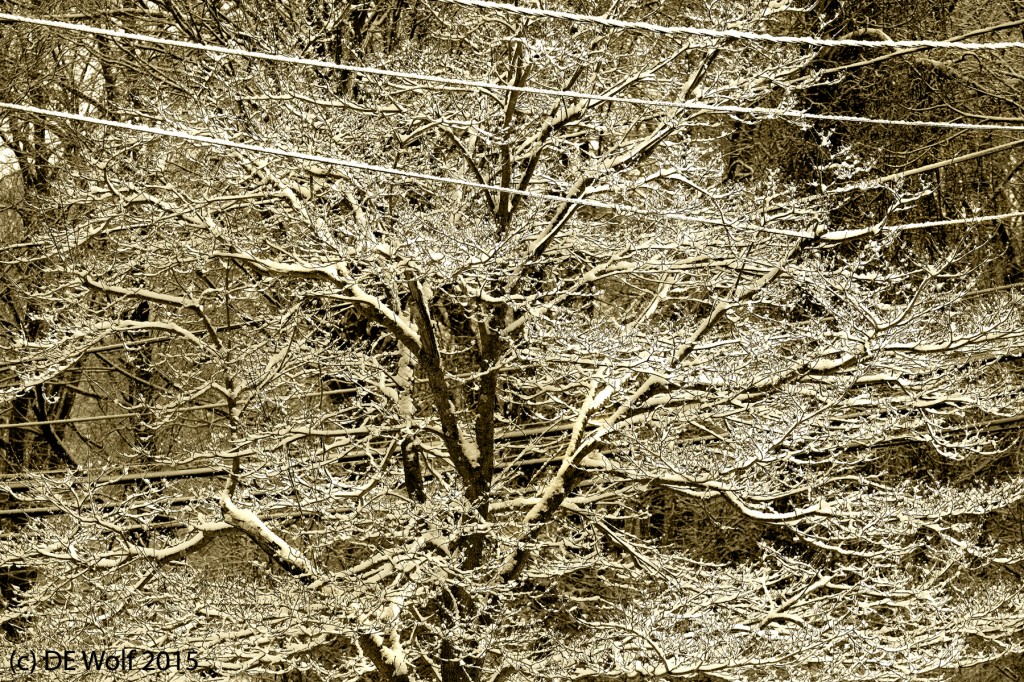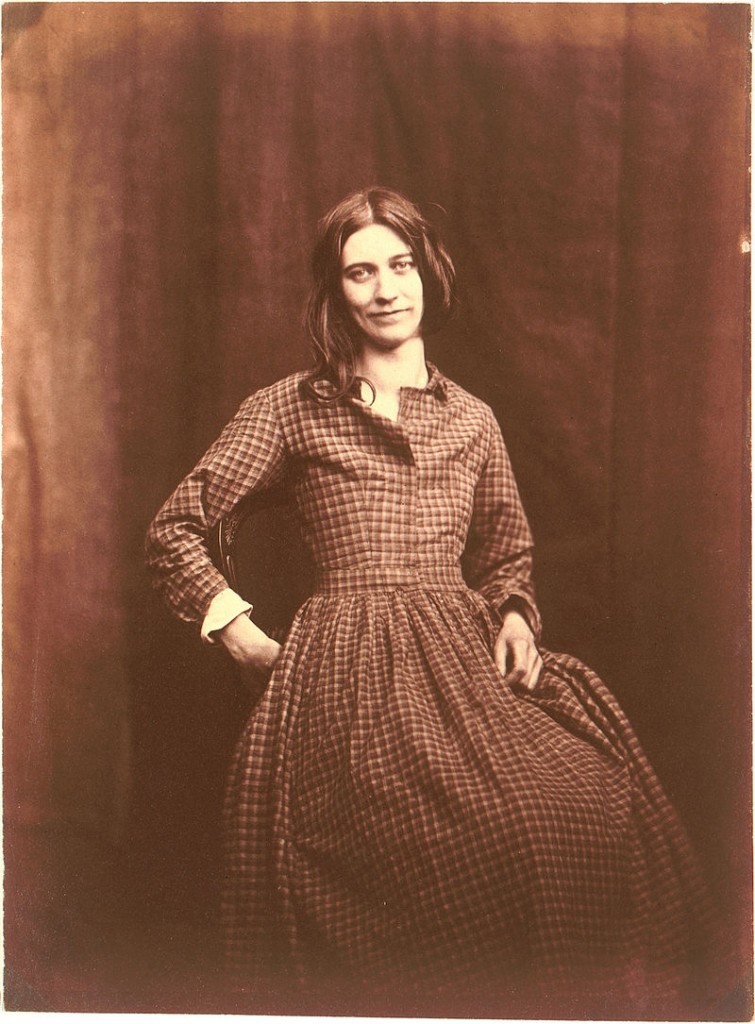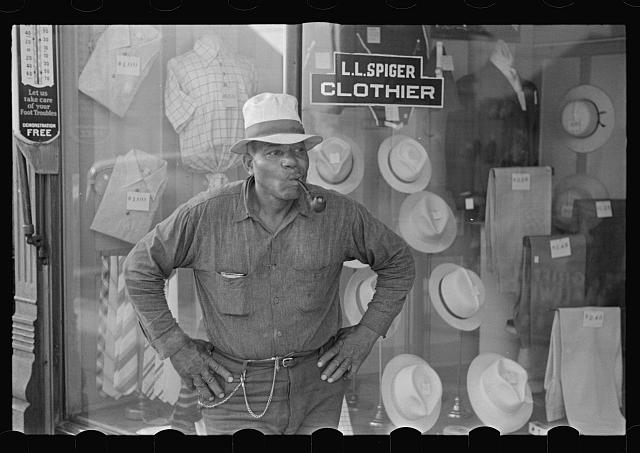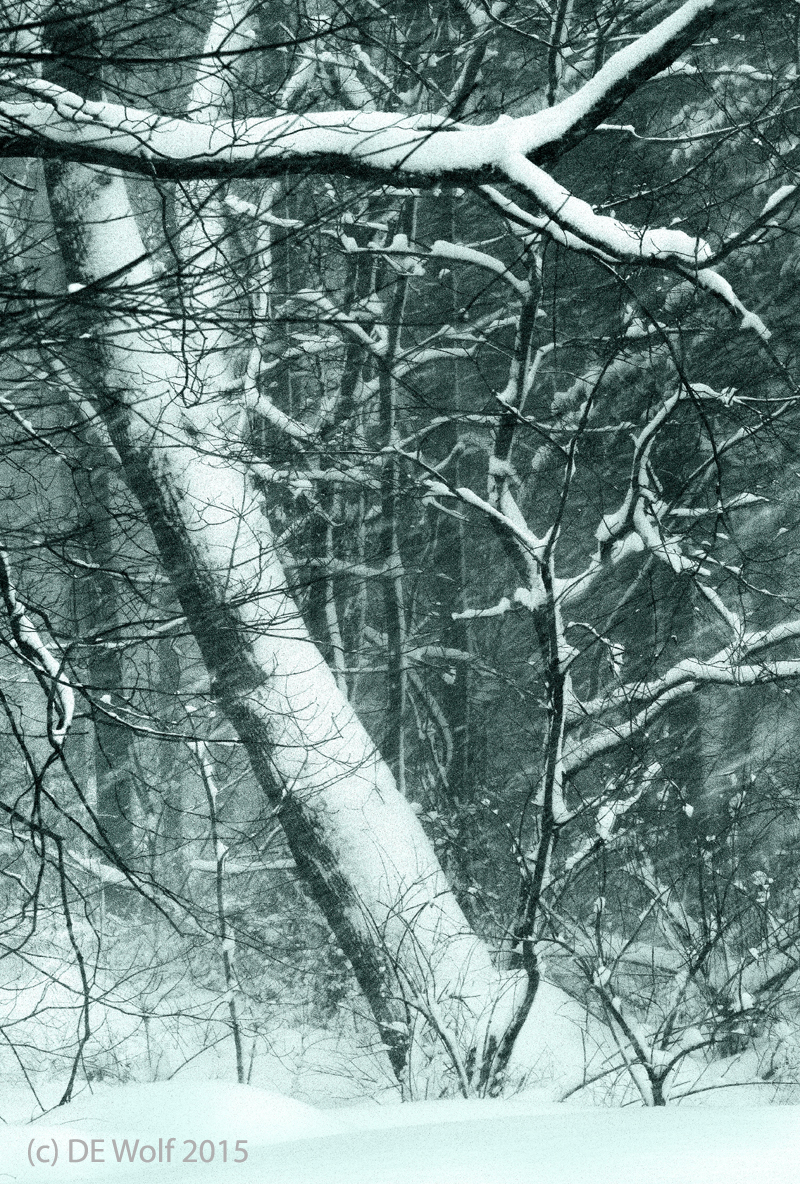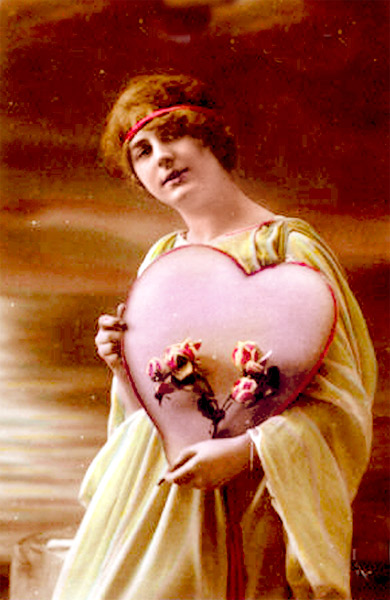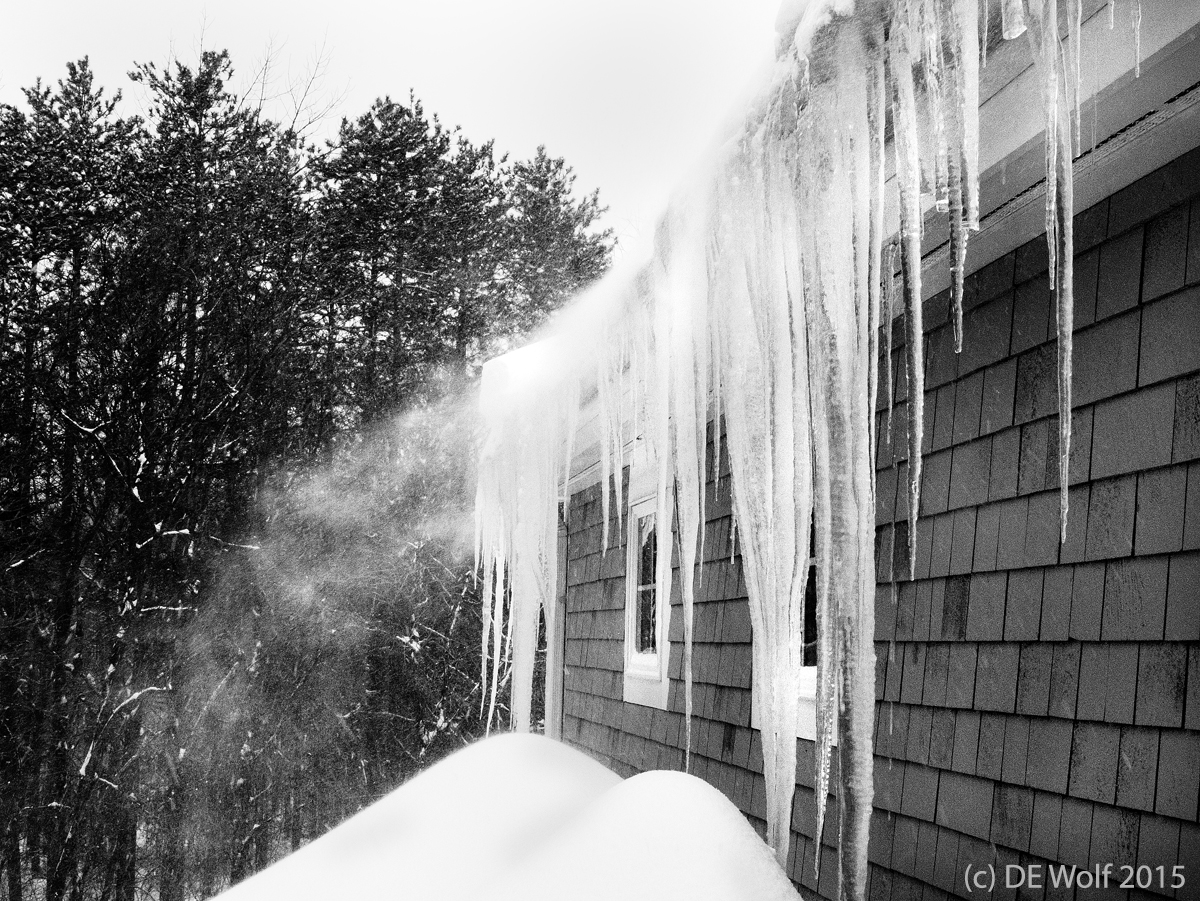An amazing aspect about snow is that you can’t stay made at it for long. It’s all about a love/hate relationship. And now that I’ve got about a billion pounds of it taken off my roof, I’m back to focusing on just how beautiful it is, and I will continue loving it until I have to drive in it again. Hmm!
Last night we have a gentle snow fall and awoke to the sense that some numinous deity had sprinkled confectioners sugar on all the trees. I was packing the car for work when I was captured by the site of my neighbor’s tree. It was glistening in the morning light like so much caramel lace. I say “caramel” because, of course, I was going to sepia tone it. I was especially struck by the contrast between the dendritic fractal pattern of the branches and the parallel lines of the electrical wires – all equally snow encrusted.
I could, in fact, have stopped a hundred times this morning to take tree images. Well maybe. The thing is that our streets are now snow tunnels, and it is impossible to safely pull over to take photographs. SO I had to remain satisfied with the image of Figure 1.
Canon T2i with EF70-200mm f/4L USM Lens at 98 mm, ISO 400, Aperture-priority AE mode. 1/400th sec at f/9,0 with no exposure compensation.

